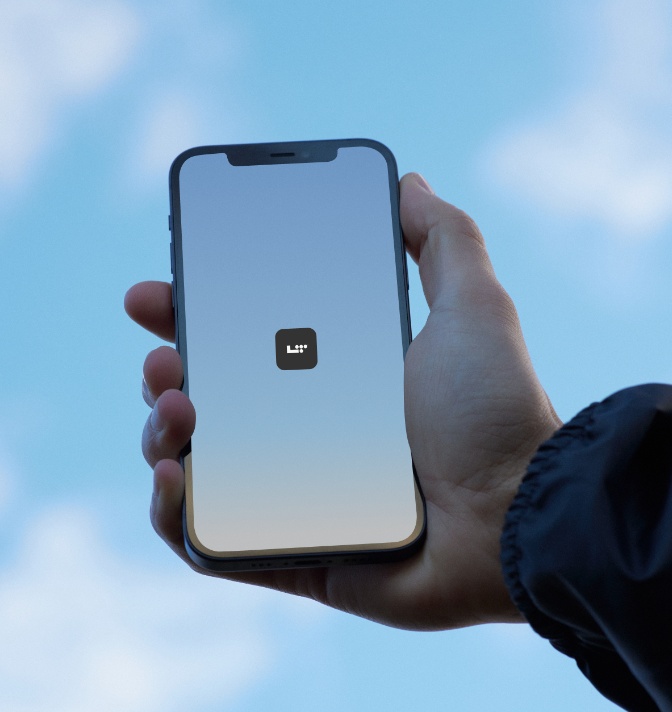It’s common knowledge that COVID-19 challenged our healthcare system in ways few public-health experts could have imagined. But the pandemic also may be remembered for the many ways it sparked new thinking throughout that sector.
Chief among these revelations:
- Many surgeries and screening procedures may be unnecessary.
- In-home care, in many cases, may be just as effective as hospitalization.
By some estimates, almost half of Medicare beneficiaries undergo some unnecessary treatment annually. But the pandemic caused many people to delay or cancel elective surgeries and screenings. As a result, some researchers plan to track their outcomes against those of people who underwent the procedures in prepandemic times — with the goal of imagining a system that focuses solely on “high-value” treatment.
“The COVID-19 pandemic has changed the healthcare landscape,” writes health-sciences researcher Allison Oakes, PhD, in Health Affairs. “It has created a novel sense of scarcity, which has forced health systems to cut profitable services and prioritize seriously ill patients. At the same time, it has revealed a previously unseen counterfactual: a health system in which there is no low-value care.”
A study published earlier this year in Annals of Surgery supports such a shift. Comparing the outcomes of people who canceled specific surgical procedures at Veterans Affairs hospitals during the early days of the pandemic with those of patients who underwent the same surgeries in 2018 or 2019, researchers found that people who put off the procedure were no more likely than those who went under the knife to experience adverse outcomes.
Meanwhile, financial issues — and our lengthy COVID-mandated quarantine — have convinced more hospitals to begin experimenting with a broad range of in-home-care options.
As Kaiser Health News reports, about 30 percent of people currently admitted to hospitals with conditions such as pneumonia or heart failure could be monitored remotely and visited daily by their practitioners. The concept received a significant boost recently when Kaiser Permanente and the Mayo Clinic invested $100 million to help Medically Home, a Boston-based firm, expand its in-home-care services.
“In a lot of ways, this remains aspirational; this is the early innings,” says Dean Ungar, who follows the insurance and hospital industries for Moody’s Investors Service. But he sees major cost-saving opportunities for hospitals that “will increasingly be reserved for acute care [such as surgeries and ICUs].”
Significant obstacles remain — not the least of which is whether Medicare will support in-home services; Medicare was covering these services during the pandemic, but only temporarily. But, as Oakes notes, “there has never been a better time” to turn the pandemic’s harsh lessons into positive change.
This article originally appeared as “Lessons From COVID to Improve Our Ailing Healthcare System” in the December 2021 issue of Experience Life.






This Post Has 0 Comments